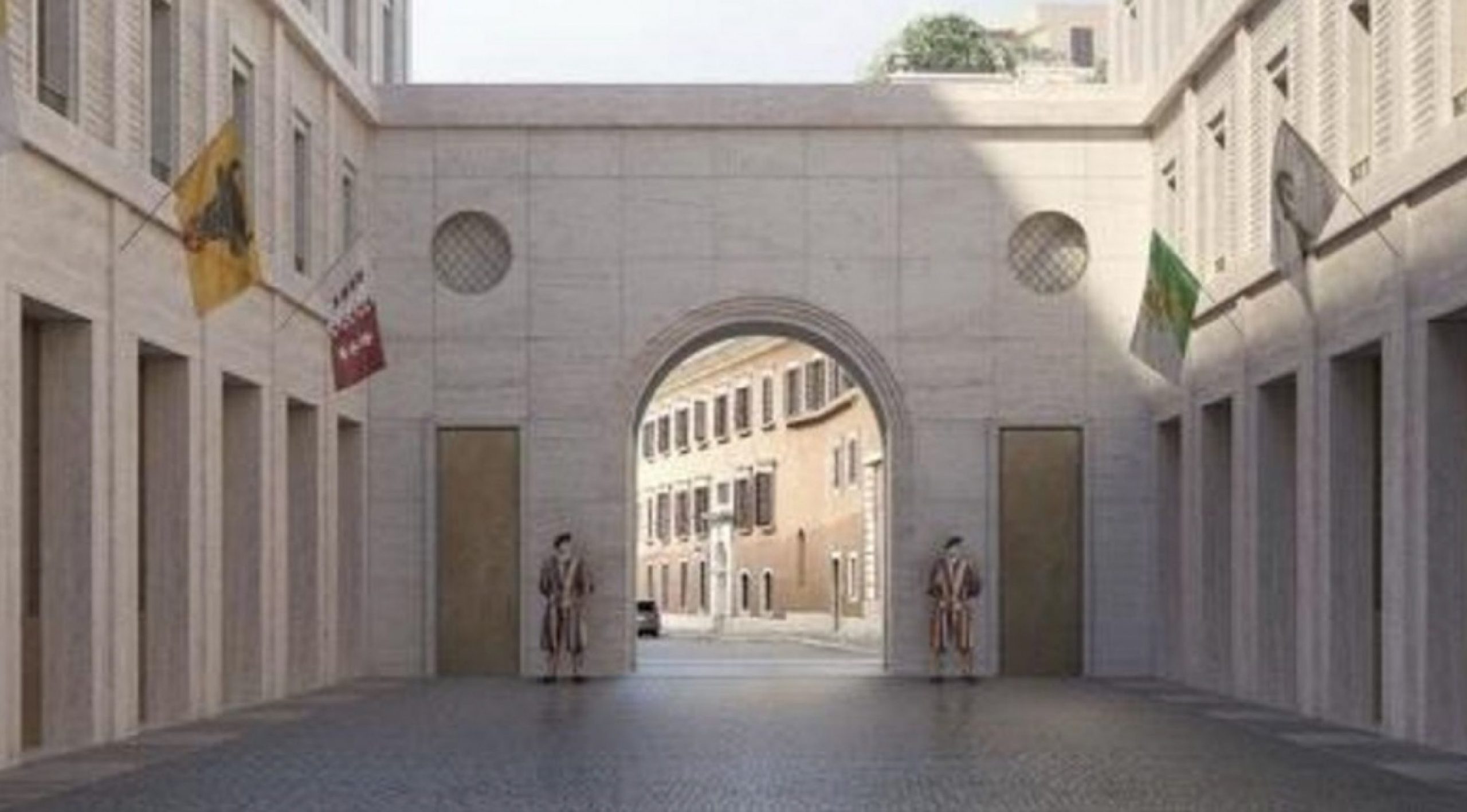(ZENIT News / Rome, 12.12.2023).- UNESCO, advisory entity of the United Nations Organization for Education, Science and Culture, approved the blueprint for the construction of new barracks for the Swiss Guard in the Vatican.
UNESCO entrusted the study of the project to representatives of the International Council of Monuments and Sites (ICOMOS) and the International Center for the Preservation and Restoration of Cultural Properties (ICCROM), work that was carried out in June 2023. The Final Report, with which the blueprint is approved of Swiss architects Pia Durisch and Aldo Nolli, calls for “the demolition of the foundations and the reconstruction, to manage the possible accidental discoveries and avoid the destruction of the layers,” and that “traditional materials be used to harmonize with the environment, so that it reflects the current design of these new buildings.”
In a Joint Statement on Thursday, December 7, Doris Leuthard, President of the Patronage Committee, and Jean-Pierre Roth, President of the Council of the Foundation in charge of the construction, highlighted the importance of UNESCO’s Expert Report as a crucial step toward the materialization of the project.
Leuthard expressed her satisfaction with the highly favourable Report, which clarified key aspects of the blueprint. With this approval, the project’s detailed planning will begin in 2024 and the actual construction in early 2026. The current barracks are insufficient for the Pope’s small Army of 135 soldiers. The insufficiency is characterized by the deterioration of the current barracks, important level differences, impractical connexions, narrow rooms without individual bathrooms.
The project implies complete demolition of two buildings that date back to Leo XII (1823-1829) and Pius XI (1922-1939). These buildings were built in turn after the demolition of pre-existing buildings.
To date, 48.5 Swiss francs have been collected for the project, of the 50 million planned. Although less than 1.5 million francs are needed to reach the goal, Leuthard emphasized the palpable enthusiasm reflected in the donations received.
UNESCO’s appointed experts stressed in their Report that the barracks’ current building has obsolete characteristics, such as big differences of height, impractical connexions, and narrow rooms without individual sanitary installations.
Despite the general positive evaluation of the project, a few clarifications have been requested. Recommended, specifically, is the restoration and conservation of the façade of the existing barracks.
The reconfiguration of the barracks, which will include its separation from the Medieval Passetto di Borgo to highlight it, implies the reduction of the building’s volume. Hence, double rooms will be assigned to recruits and individual rooms exclusively for the halberdiers. The relocation will also take place, of a commemorative fountain in the Patio of Honour, which has blocked an ancient pilgrimage route since 1927.



